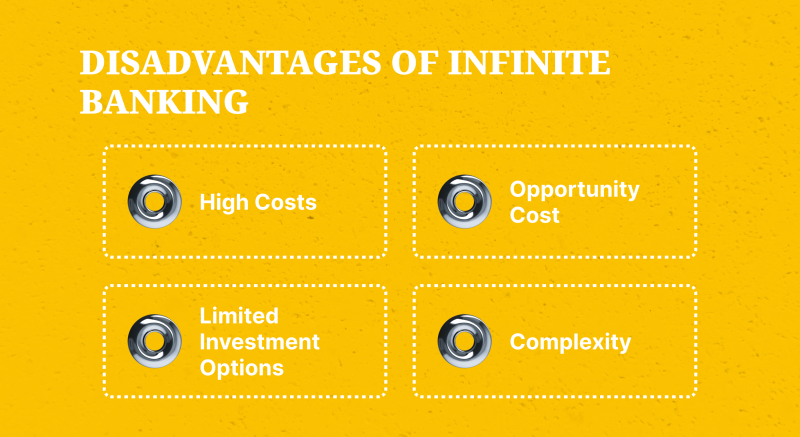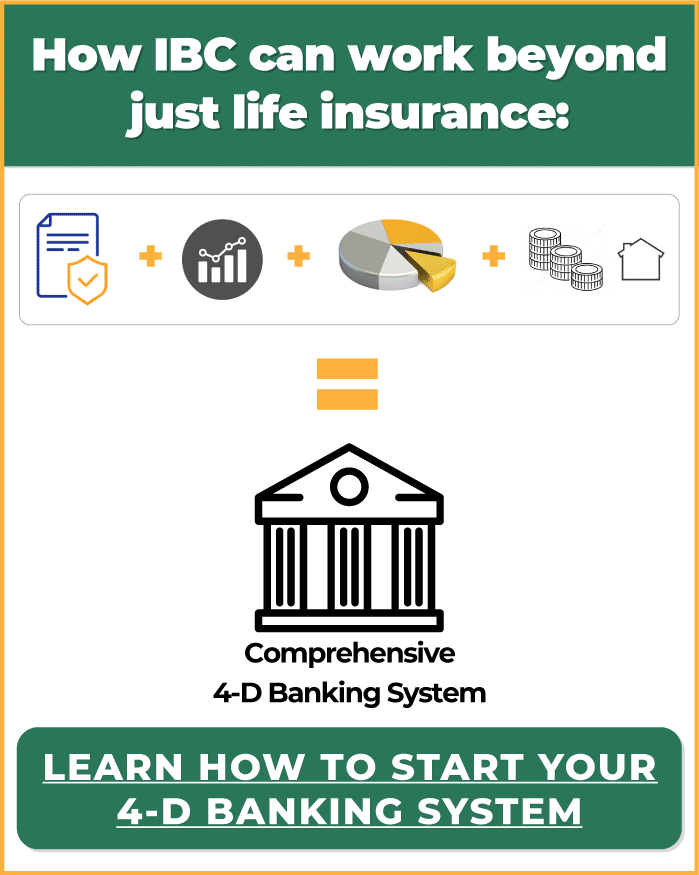All Categories
Featured
Table of Contents
Okay, to be fair you're actually "financial with an insurance coverage company" rather than "financial on yourself", however that idea is not as simple to sell. It's a little bit like the concept of buying a residence with money, then borrowing against the residence and placing the money to function in another financial investment.
Some individuals like to discuss the "rate of cash", which generally indicates the very same point. In fact, you are simply making the most of take advantage of, which works, yet, naturally, functions both methods. Truthfully, every one of these terms are rip-offs, as you will certainly see listed below. That does not indicate there is absolutely nothing worthwhile to this principle once you get past the advertising.
The entire life insurance policy market is plagued by overly pricey insurance policy, enormous compensations, unethical sales methods, reduced rates of return, and poorly educated clients and salesmen. If you want to "Bank on Yourself", you're going to have to wade right into this industry and in fact buy whole life insurance policy. There is no substitute.
The warranties intrinsic in this product are vital to its feature. You can borrow against the majority of types of cash money worth life insurance policy, yet you shouldn't "bank" with them. As you get an entire life insurance policy plan to "bank" with, bear in mind that this is a totally different section of your economic strategy from the life insurance policy section.
As you will certainly see below, your "Infinite Financial" plan actually is not going to accurately offer this vital monetary feature. Another trouble with the reality that IB/BOY/LEAP relies, at its core, on an entire life plan is that it can make acquiring a plan troublesome for numerous of those interested in doing so.
Infinite Banking Insurance Policy
Hazardous leisure activities such as SCUBA diving, rock climbing, skydiving, or flying likewise do not mix well with life insurance policy items. The IB/BOY/LEAP supporters (salesmen?) have a workaround for youbuy the plan on a person else! That might work out fine, considering that the point of the policy is not the fatality advantage, however keep in mind that getting a plan on minor kids is a lot more expensive than it should be given that they are normally underwritten at a "basic" rate as opposed to a preferred one.

Most policies are structured to do either points. The majority of typically, policies are structured to make best use of the commission to the agent selling it. Negative? Yes. It's the reality. The commission on an entire life insurance plan is 50-110% of the first year's premium. Sometimes plans are structured to take full advantage of the fatality benefit for the premiums paid.
With an IB/BOY/LEAP plan, your objective is not to make the most of the survivor benefit per buck in premium paid. Your objective is to make best use of the cash value per buck in costs paid. The price of return on the plan is extremely essential. Among the most effective means to optimize that factor is to obtain as much money as possible right into the policy.
The ideal means to boost the rate of return of a plan is to have a relatively small "base policy", and then put more cash right into it with "paid-up additions". With more cash money in the plan, there is more cash worth left after the expenses of the death benefit are paid.
An added advantage of a paid-up enhancement over a regular costs is that the commission rate is lower (like 3-4% as opposed to 50-110%) on paid-up enhancements than the base plan. The less you pay in commission, the greater your rate of return. The price of return on your cash value is still going to be adverse for a while, like all cash money value insurance plan.
Yet it is not interest-free. It may set you back as much as 8%. Most insurance companies only supply "straight acknowledgment" finances. With a straight recognition finance, if you borrow out $50K, the returns price put on the cash money value each year just relates to the $150K left in the plan.
Cash Flow Banking With Life Insurance
With a non-direct recognition loan, the firm still pays the exact same dividend, whether you have "obtained the cash out" (practically versus) the policy or otherwise. Crazy? Why would they do that? Who knows? Yet they do. Commonly this attribute is coupled with some less helpful facet of the policy, such as a reduced returns rate than you may receive from a plan with direct recognition fundings (direct recognition life insurance companies).
The business do not have a resource of magic totally free cash, so what they give in one location in the plan should be drawn from one more place. If it is taken from a feature you care much less about and place into an attribute you care a lot more about, that is a good point for you.
There is one more essential function, typically called "wash loans". While it is fantastic to still have actually dividends paid on money you have actually secured of the policy, you still have to pay interest on that financing. If the returns price is 4% and the financing is billing 8%, you're not exactly appearing ahead.
With a clean financing, your car loan rates of interest coincides as the returns rate on the plan. While you are paying 5% rate of interest on the funding, that rate of interest is totally offset by the 5% dividend on the financing. In that regard, it acts just like you withdrew the cash from a financial institution account.

5%-5% = 0%-0%. Same same. Hence, you are now "financial on yourself." Without all 3 of these aspects, this policy just is not going to work really well for IB/BOY/LEAP. The most significant problem with IB/BOY/LEAP is the people pressing it. Nearly all of them stand to benefit from you getting into this concept.
In fact, there are several insurance coverage agents speaking about IB/BOY/LEAP as an attribute of entire life who are not really offering policies with the needed functions to do it! The trouble is that those who recognize the idea best have a huge problem of interest and generally pump up the advantages of the idea (and the underlying policy).
Infinite Banking Example
You should contrast borrowing against your policy to withdrawing cash from your financial savings account. No money in cash money value life insurance. You can place the money in the financial institution, you can spend it, or you can get an IB/BOY/LEAP policy.
It expands as the account pays passion. You pay tax obligations on the rate of interest yearly. When it comes time to buy the watercraft, you take out the money and buy the boat. You can save some even more cash and placed it back in the banking account to start to earn passion once again.
It expands throughout the years with resources gains, rewards, leas, etc. A few of that earnings is strained as you go along. When it comes time to buy the watercraft, you sell the financial investment and pay tax obligations on your lengthy term capital gains. Then you can save some more money and buy some even more financial investments.
The cash money worth not used to pay for insurance policy and payments grows throughout the years at the returns rate without tax drag. It starts with adverse returns, yet ideally by year 5 approximately has recovered cost and is expanding at the returns rate. When you most likely to buy the watercraft, you obtain versus the plan tax-free.
Bioshock Infinite Bank Of The Prophet Infusion
As you pay it back, the cash you paid back starts expanding again at the returns price. Those all work rather similarly and you can compare the after-tax prices of return. The fourth alternative, nonetheless, works extremely differently. You do not conserve any type of cash nor purchase any type of kind of financial investment for years.
They run your credit and offer you a funding. You pay interest on the borrowed money to the bank until the loan is paid off. When it is settled, you have an almost useless boat and no money. As you can see, that is nothing like the first 3 choices.
Latest Posts
Infinite Banking Center
Infinite Banker
Becoming Your Own Banker : The Infinite Banking Concept ...